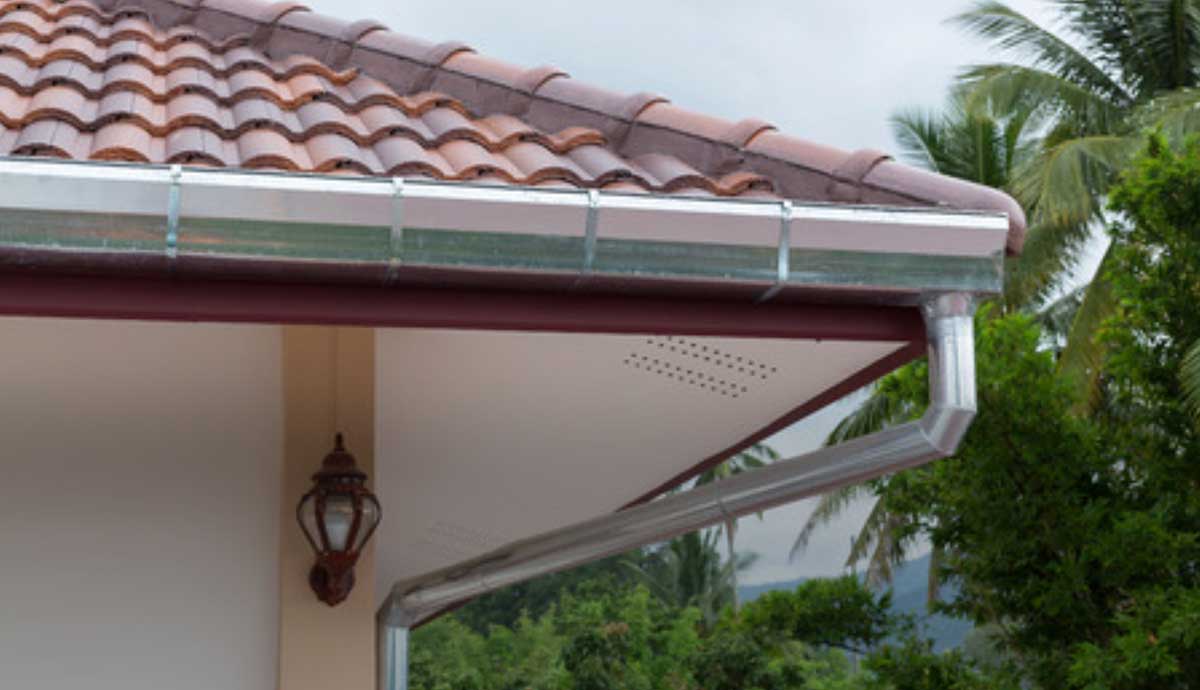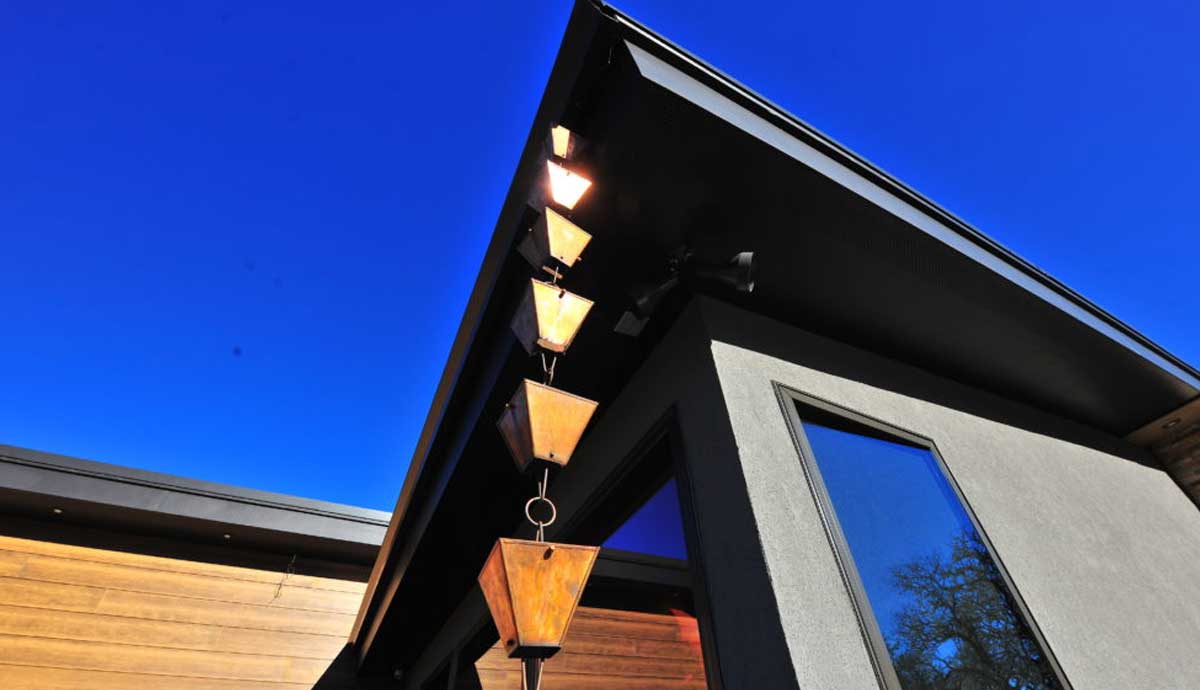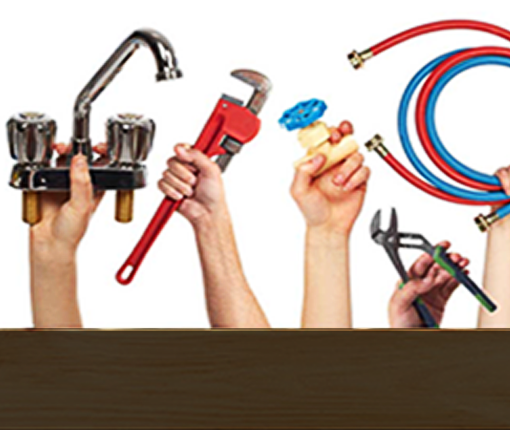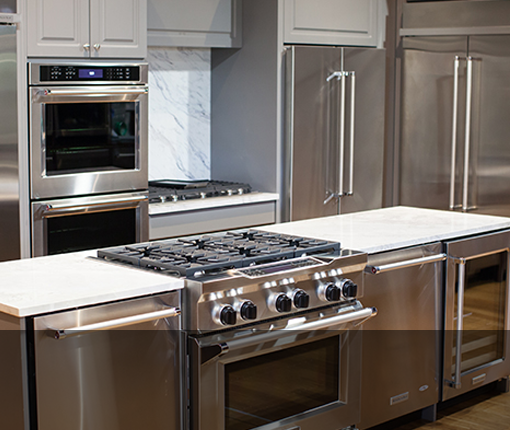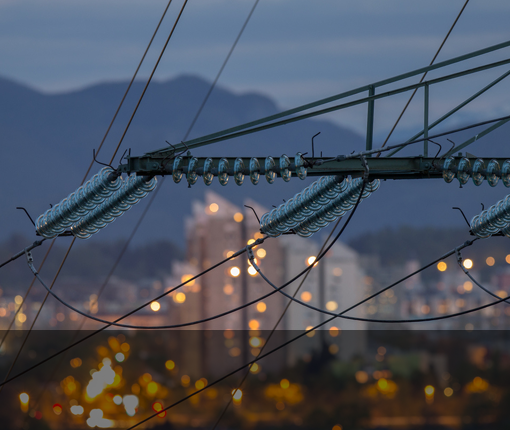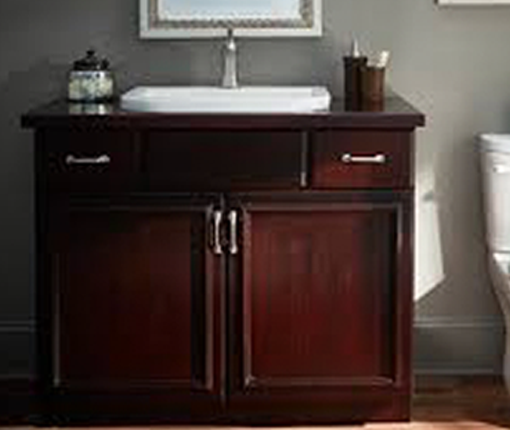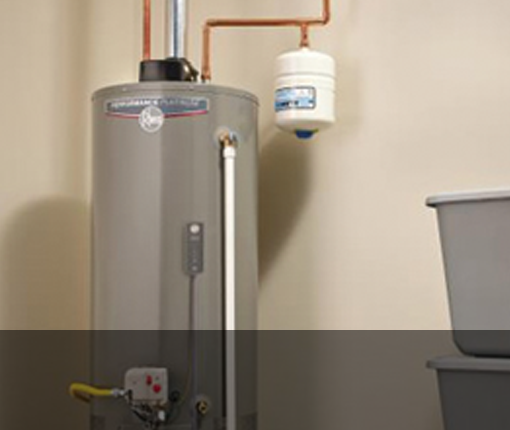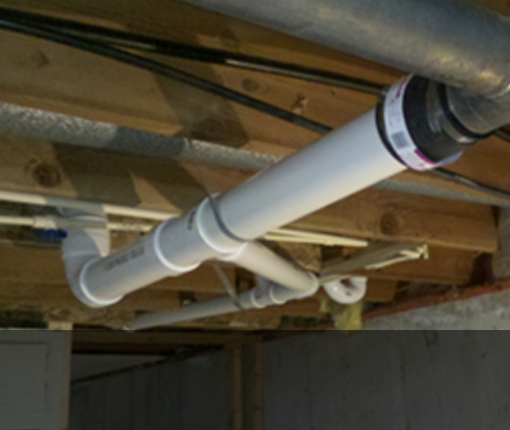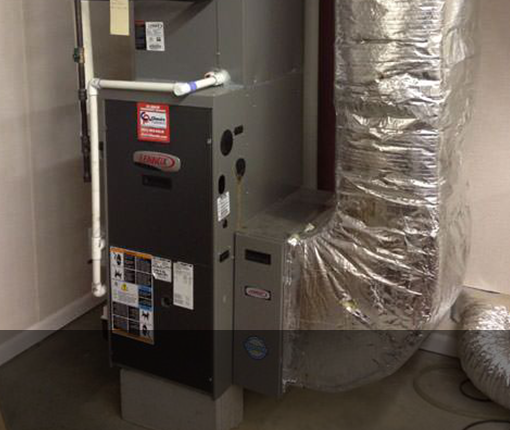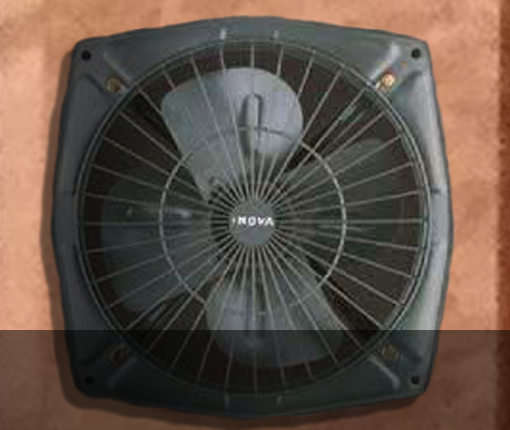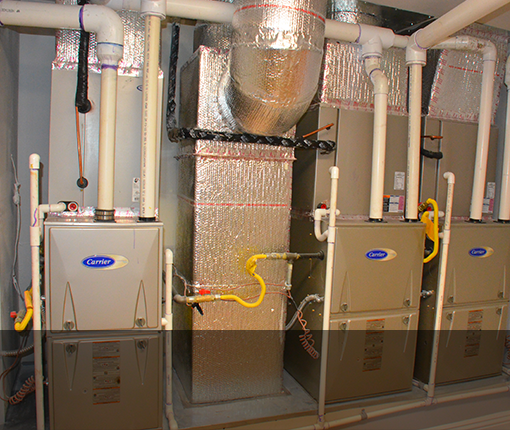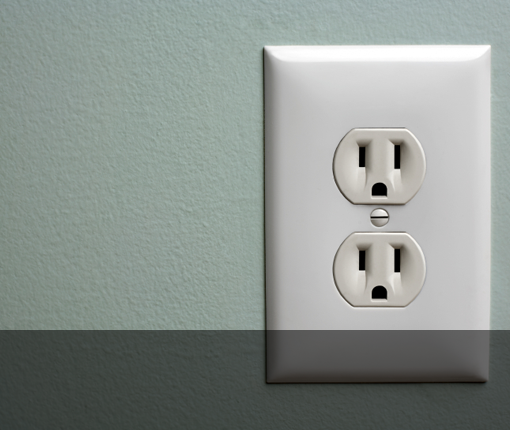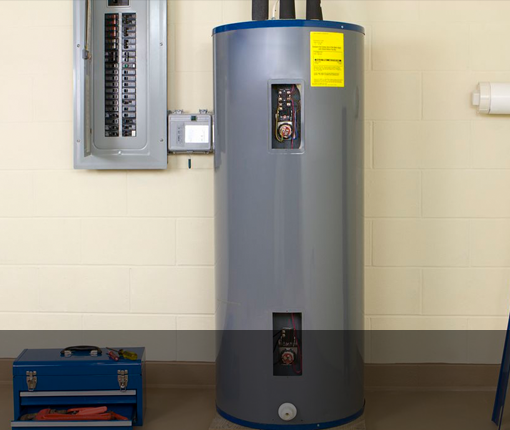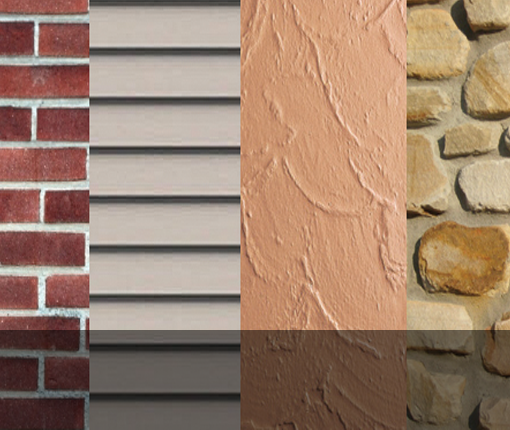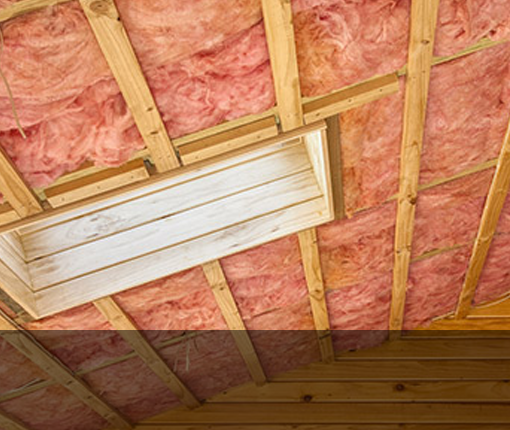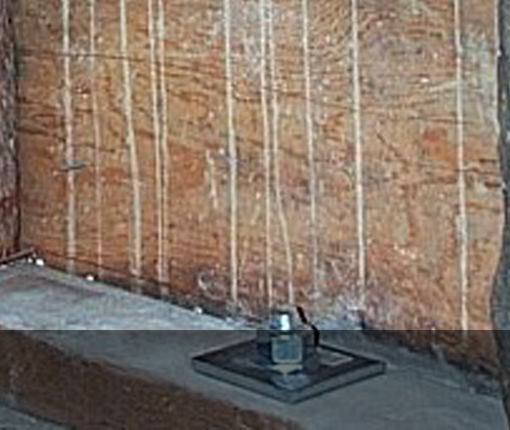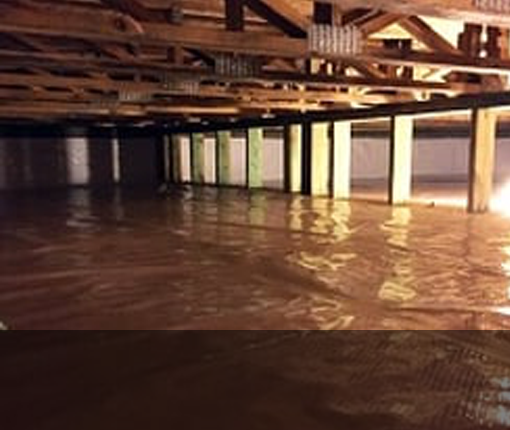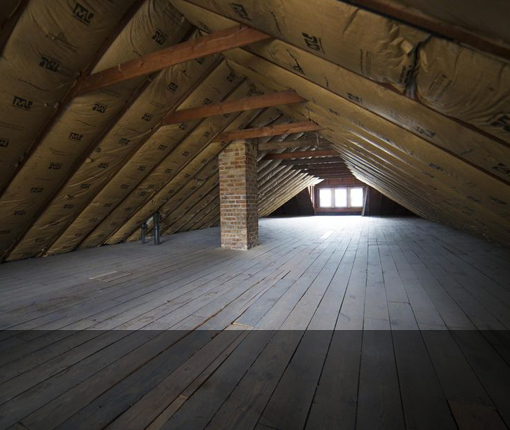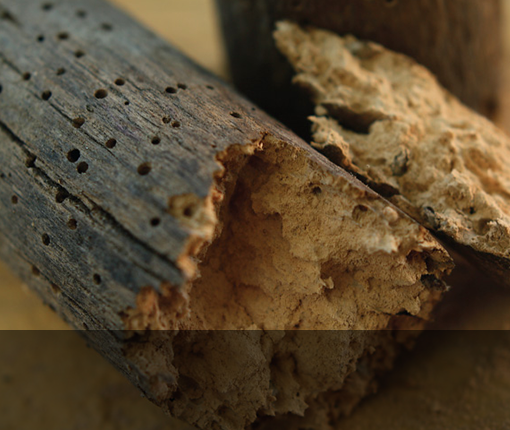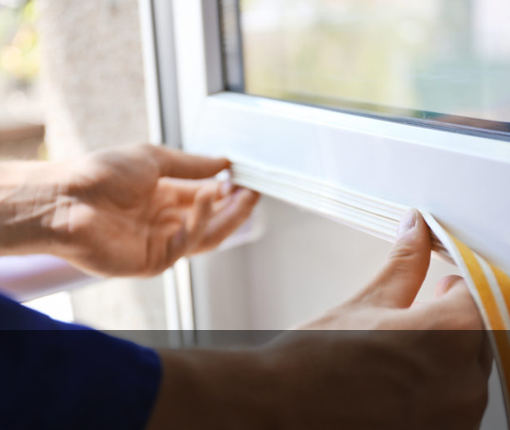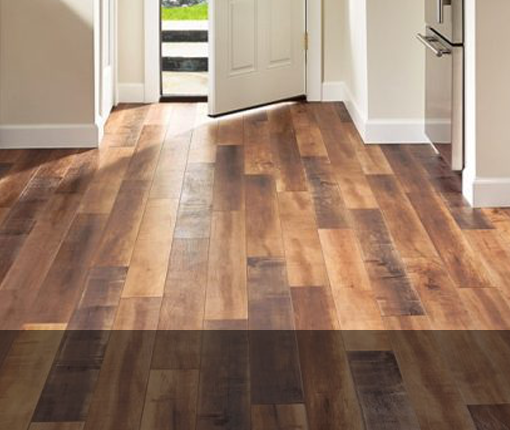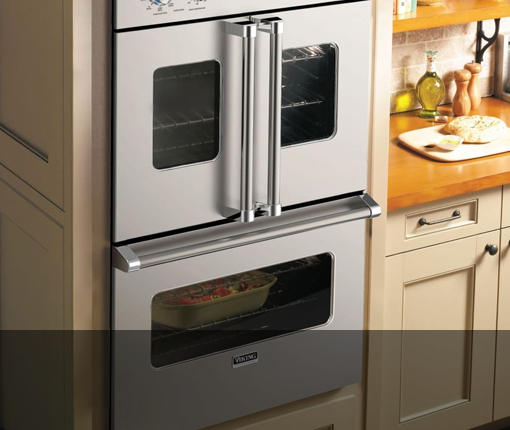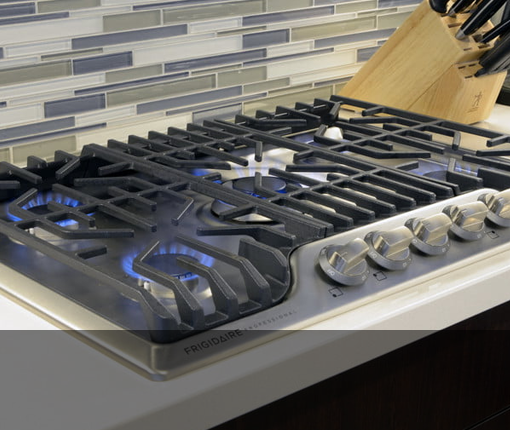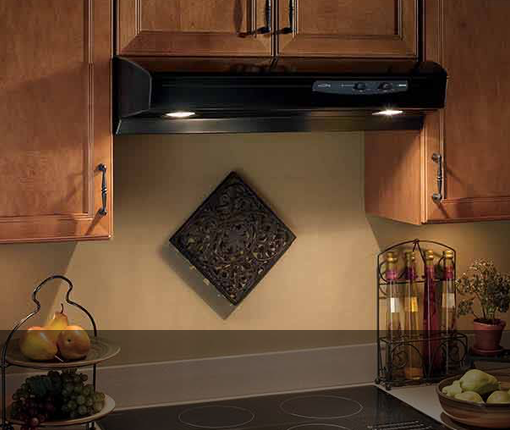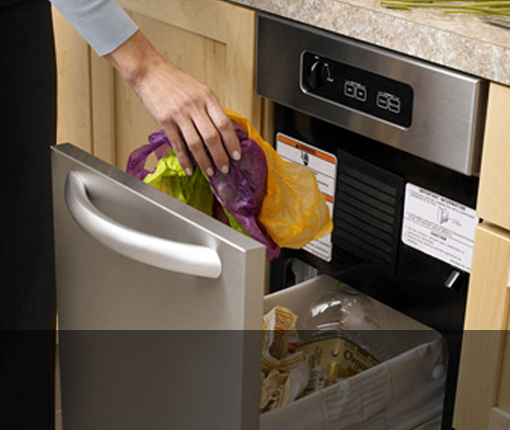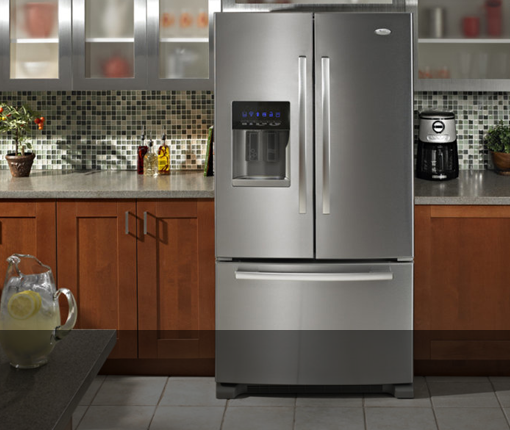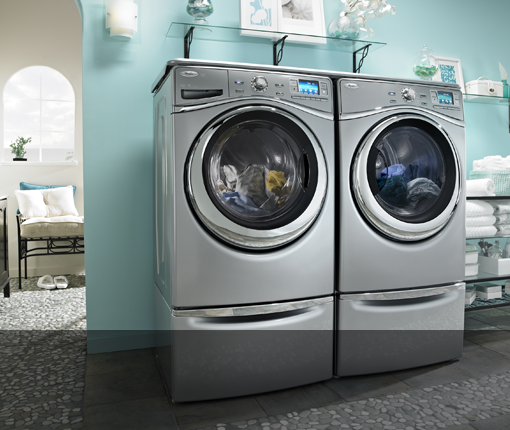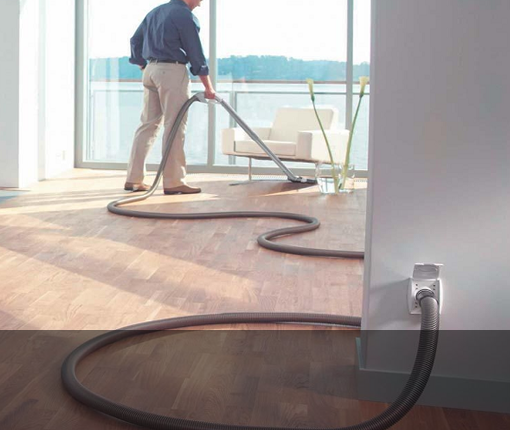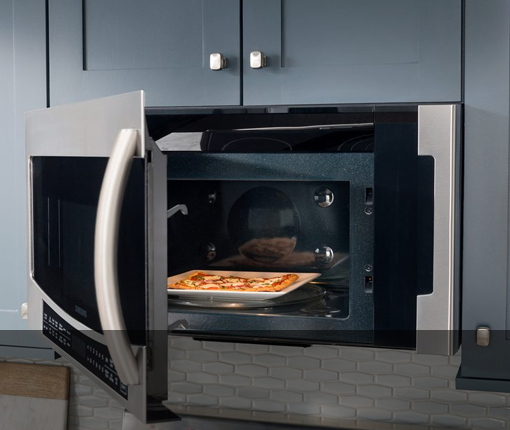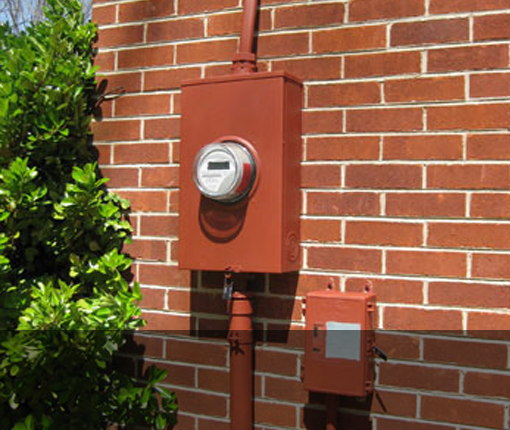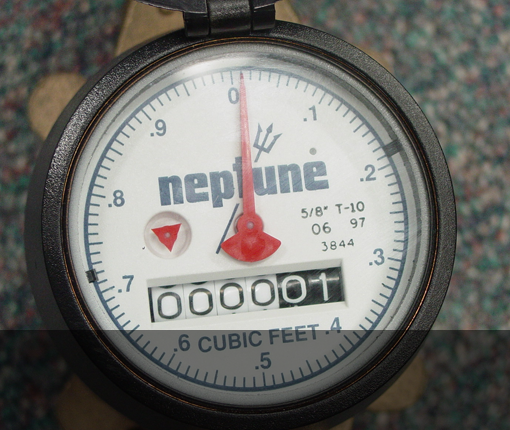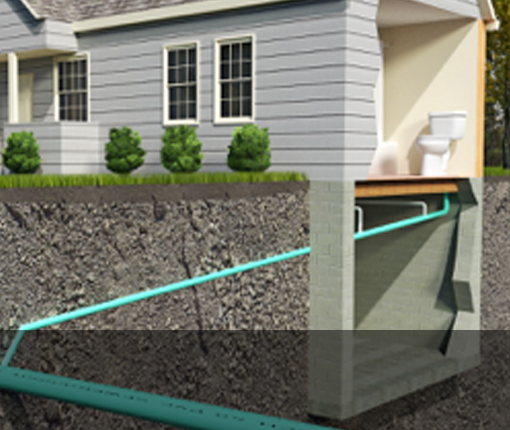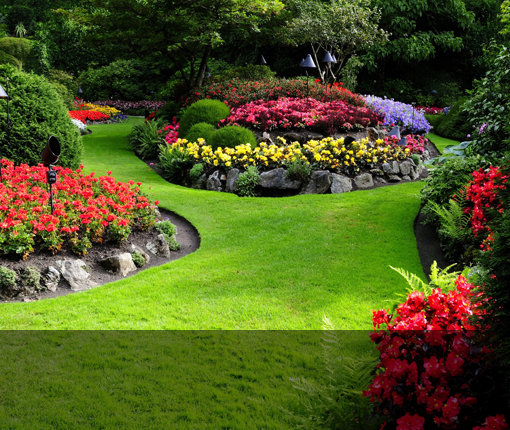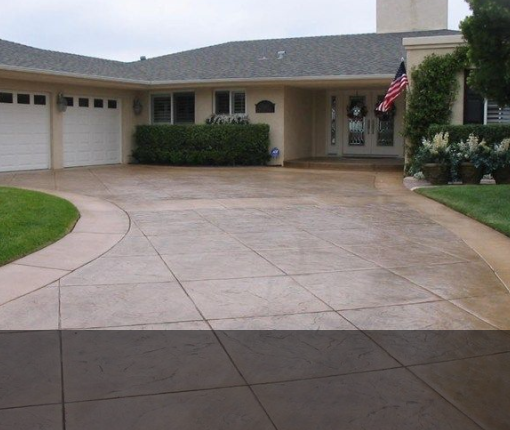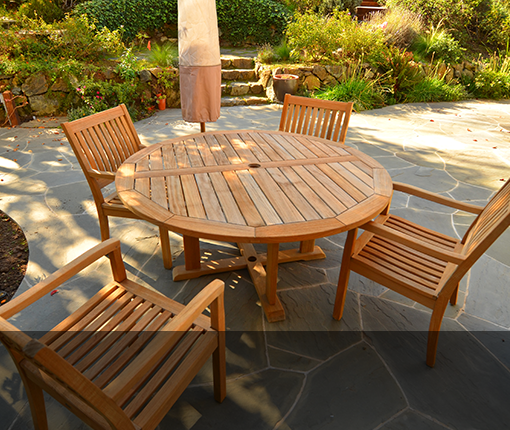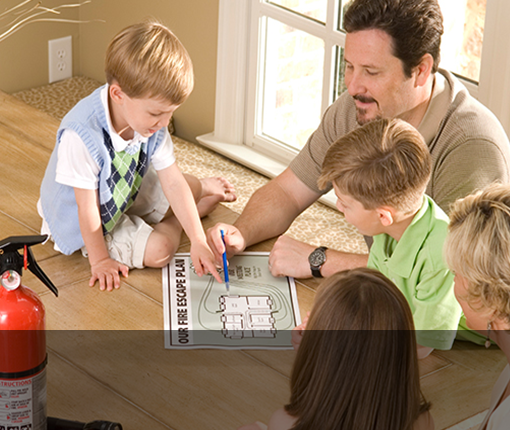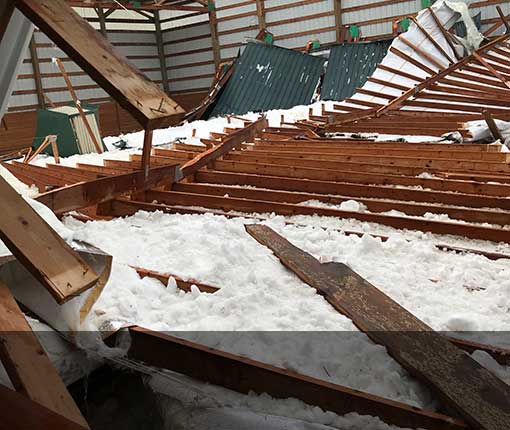Rain Gutters
What are they?
Rain gutters (or rain troughs as they are called in Canada) are the neglected step children of the home. I say that because they get little help or credit for the critical job they perform. The gutters actually play a key role in preventing the house from deteriorating. Next to the roof and flashings, the gutters are the most important part of the water control system of the home.
Gutters are mounted along the lower edges of the roof at the eaves. Their job is to collect the rainwater that sheets off the roof, then channel it to the downspouts where it can be delivered safely to the ground or into a drain system in a controlled manner. Uncontrolled water pouring off of a roof edge can be massively destructive.

Shapes
Rain gutters can be custom made or they can be had in a variety of standard materials and shapes. The most common materials in the US are painted steel, plastic, aluminum or copper. Metal gutter material comes in rolls of flat material. This flat material is then roll formed into proper shape in long lengths of gutter. There are five standard shapes. They are Box, “K” style (flat bottom with a decorative face), OG (old gothic), Half-round and Fascia (flat faced).
Gutter machines
These designs have become the standard because they are shapes that are easy to form with an extrusion machine and tend to blend in with the lines of most forms of architecture. Extrusion, or roll forming machines have made gutter installation fast and affordable. The machines carry a roll of flat metal with them to the job. The metal is fed into one end of the machine and out the other comes the finished gutter ready to be attached to the home. Gutters produced this way can be made to just about any customized length, without seams or welds.
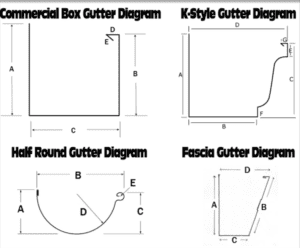
Installation
Rain gutters should be attached to the structure in a way that ensures all run-off water is caught and controlled. There should be no over-spilling. There should also be metal “edge flashing” placed at the lower edge of the wood roof structure where the gutter is attached. This will protect the structure from water wicking or blowing back up under the lower edge of the roofing. Downspouts should be large enough to handle the heaviest amounts of runoff from the roof above.
Gutter protection filters
For rain gutters to work reliably, they should be fitted with a “protection” system that allows water to flow freely through while preventing debris from interrupting the flow. This “debris filtering” is the role of an established but fairly obscure genre of building products called gutter protection systems. In recent years, the interest in maintenance reduction has grown along with an aging population of homeowners not wanting to get on ladders. Many competing products have sprung up, all of which are designed to keep the gutters flowing…but with varying degrees of effectiveness and cost. I highly recommend these or these if the roof surfaces are subject to any debris.
Rain chains vs downspouts
The job of a downspout is to safely deliver rainwater from the roof edge to the ground. Rain chains are sometimes used in lieu of downspouts as an artful feature or where a solid downspout would simply not work. Bluntly put, rain chains do not work. Even if the rain flow is just a trickle, any wind will blow the water off the chain and onto the structure or some other place it can do damage. In these situations, use these larger sized rain cups instead. Here is a video of a rain cup in action. Rain cups control the water well, even in heavy winds and can be had in all kinds of materials and artistic shapes. They even sound nice when working.
To-Do
- Observe your gutters and downspouts during a heavy rain and note any overflows, leaks or other problems that need repair.
- Avoid rain chains as they allow the water to blow uncontrolled back onto the structure.
- Downspout extensions and splash blocks should discharge water into a drain system or at least 3 to 5 feet away from the structure and outside of any planter beds.
- Do not allow water to be dammed behind any planter edging materials that might be used.
- The goal with downspouts to make sure any rainwater water does not find its way against or under the foundation of the home.
- When cleaning roof or gutters do not lean ladders directly against the gutter as it can dent the material and damage joints.
- Clear excess snow from gutters and downspouts as soon as possible to allow the gutter to drain and to prevent damage. Severe ice or snow build-up can back up under the eaves and damage the interior of the home. Ice dams at the edge of the roof indicate a serious insulation problem that should be corrected.
Maintenance
- 4x per year: Inspect your gutters and remove leaves or other debris so that the body of the gutter is completely clean. The gutters must remain clean to ensure the free flow of water and to eliminate potential fire hazards. Use caution when leaning ladders against gutters, as this may cause damage. Remove any debris or dust that has accumulated and flush the downspouts with water so they are completely free flowing. I highly recommend that gutter protection be installed in gutters that are subject to heavy continuous debris, to prevent stray material from entering the downspout and especially the underground drain system.
- 2x per year: Inspect joints make a permanent repair ASAP.
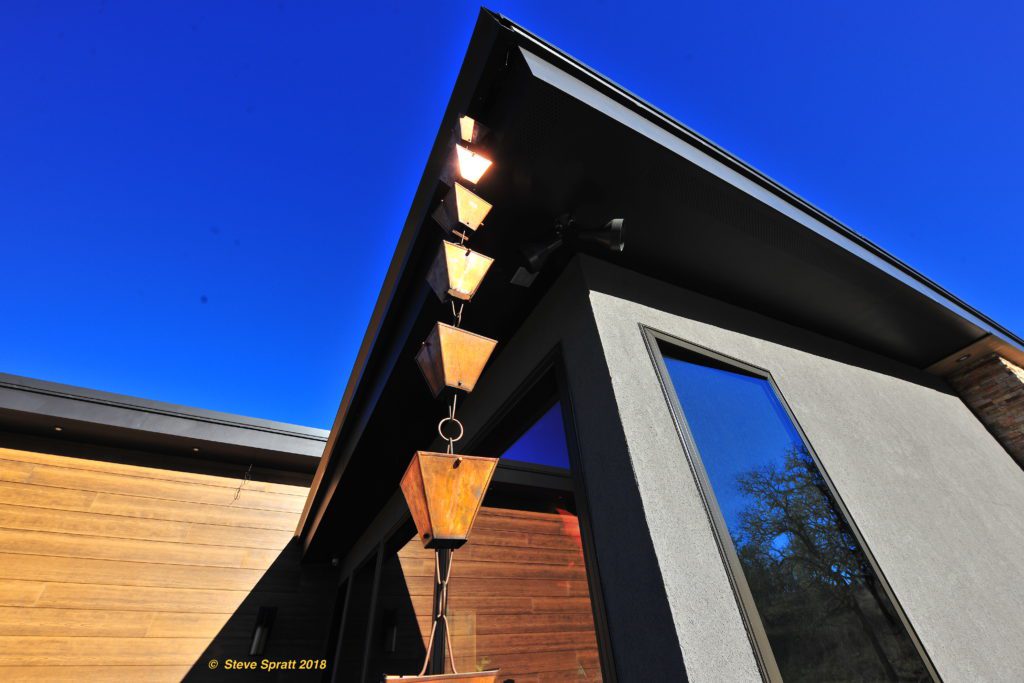
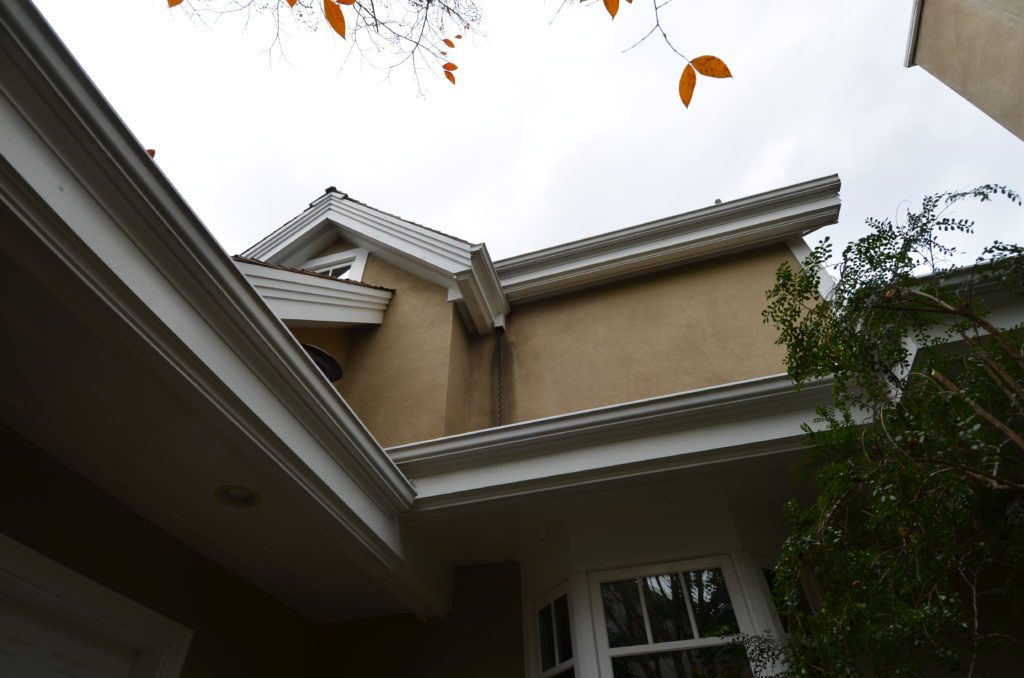
[embedyt] https://www.youtube.com/watch?v=FaCBMhAd230[/embedyt]



